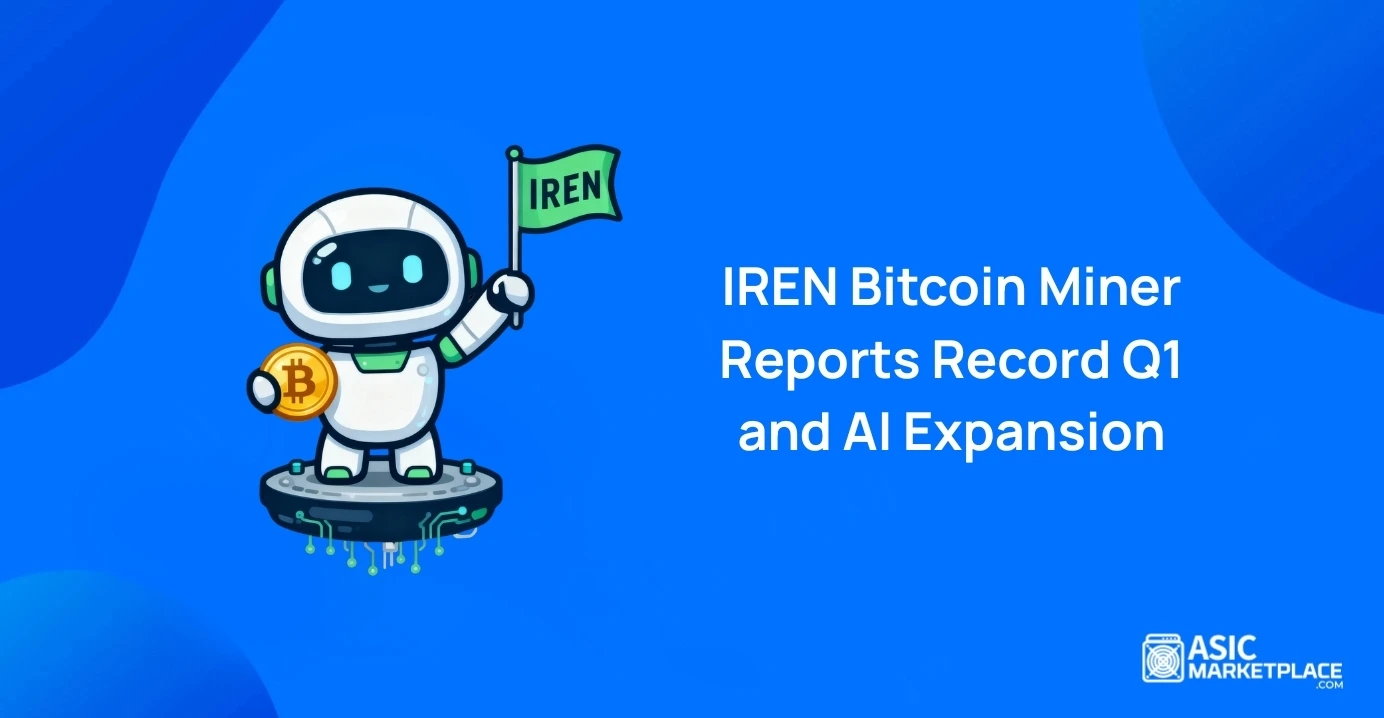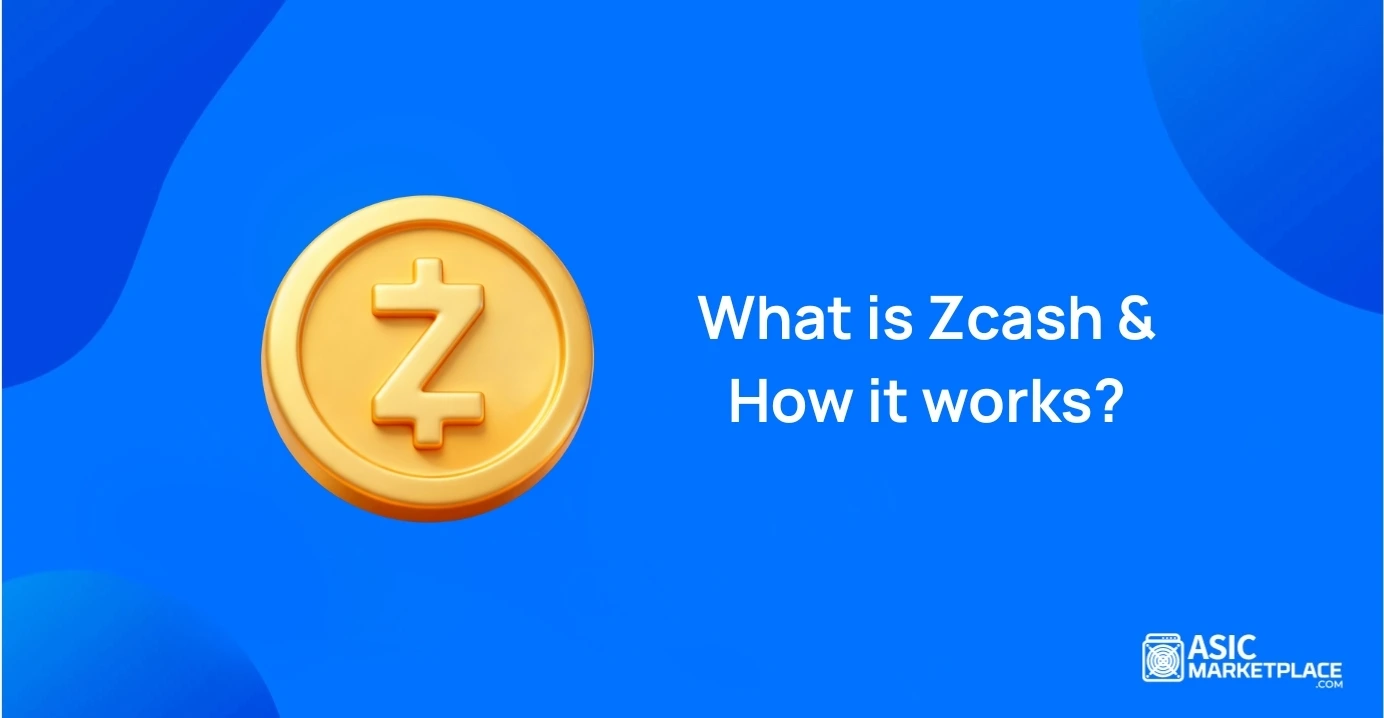Quick Summary
In a world where Bitcoin mining is increasingly dominated by massive industrial farms, it’s easy to assume the solo miner doesn’t stand a chance. But from 2024 to 2025, 16 independent miners proved otherwise. They weren’t running mega rigs in data centers. Some were operating from basements, bedrooms, or even a Raspberry Pi-sized board on a shelf. And yet, they each hit the digital jackpot – claiming full block rewards worth between $180,000 and $370,000.
These aren’t just feel-good stories. They’re case studies. And if you’re mining or thinking about it, there are lessons here you can actually use.
What Is Solo Mining, Really?
Solo mining means you keep everything if you solve a block. No reward splitting, no pool fees. Just pure upside – if you win. And most don’t. In fact, some miners go years without a block. But that’s not the whole story.
With tools like Solo CKPool, even modest setups have a shot. You plug in your rig, connect to CKPool, and if your machine solves the block, you get the entire reward. This isn’t theoretical. It happened 16 times in the last 18 months.
These Solo Wins Actually Happened
We analyzed each win: what hardware they used, what the network conditions were, and what you can learn from them. Here’s a condensed look:
| Miner | Block | Year | Reward (BTC / USD est.) | Hardware |
| Unknown Solo CK | 860,749 | 2024 | 3.169 / $181K | Solo CKPool (unknown rig) |
| Bitaxe Pocket Rig | 887,212 | 2025 | 3.150 / $258K | DIY Bitaxe (~480 GH/s) |
| 9 PH/s Solo Miner | 910,440 | 2025 | 3.137 / $372K | High-end setup on CKPool |
| Basement Rig Operator | 888,737 | 2025 | 3.125 / $265K | Apollo + Bitmain S19K Pro |
| Bitaxe Ultra User | 913,632 | 2025 | 3.144 / $344K | 500 GH/s device |
| Bitaxe Gamma Miner | 889,975 | 2025 | 3.149 / $260K | 1.2 TH/s @ 18W setup |
| Home Miner | 903,883 | 2025 | 3.173 / $274K | Higher-end solo rig |
| Anonymous Bitaxe | 883,181 | 2024 | 3.150 / $308K | Bitaxe variant |
| FutureBit Apollo Owner | 881,423 | 2025 | 3.150 / $326K | ~1 TH/s hobbyist rig |
| CKPool Soloist | 875,750 | 2024 | 3.190 / $311K | Unknown |
| Unknown Address | 858,978 | 2024 | 3.275 / $199K | Unknown |
| 3 TH/s Hobbyist | 853,742 | 2024 | 3.192 / $206K | CKPool with small ASIC |
| Small ASIC Operator | 907,283 | 2025 | 3.154 / $210K | ~30W ASIC via CKPool |
| Cloud Burst Gambler | 899,826 | 2025 | 3.125 / $330K | 259 PH/s (rented) |
| Antminer S21 Soloist | 913,593 | 2025 | 3.129 / $348K | 200 TH/s S21 |
| $300 Setup Miner | 920,440 | 2025 | 3.151 / $347K | Likely Bitaxe-based |
What Makes These Wins Possible?
Efficient Hardware It’s not always about brute force. The Bitaxe Gamma, for example, runs on just 17 watts and still found a block. FutureBit Apollo? Same story. These devices run 24/7 without racking up big power bills. That constant uptime adds up.
Timing the Network Some wins coincided with a clogged mempool. That means more transaction fees on top of the 3.125 BTC block reward. Keeping an eye on mempool.space can help you spot those windows.
Low Pool Fees = High Rewards Solo miners using CKPool don’t share block rewards. If they solve it, they get it all. That’s 100% of the reward instead of a few bucks per day. It’s the difference between $6/day in a pool or $250,000 once in a blue moon.
Cloud Hashing (Cautiously) One miner temporarily rented 259 PH/s, directing it at CKPool. It worked. They hit a block and made $330K. It’s risky, but for some, worth the gamble.
So Should You Solo Mine?
It depends on your appetite for risk. Here’s how it breaks down:
| Mining Type | Average Daily Return | Variance | Cost | Reward Potential |
| Pool (100 TH/s) | ~$6/day | Low | Moderate | Steady |
| Solo (100 TH/s) | $0 most days | Very high | Low fees | Up to $250K+ |
Gear That Actually Performs
We’ve seen what works. If you’re thinking of jumping in, here are three solid options:
- Bitaxe Gamma 601 – Open-source, 1.2 TH/s, 17W. Quiet, affordable, and solo-friendly.
- Antminer S19K Pro – 120 TH/s, proven solo-block success, great efficiency for mid-scale miners.
- Antminer S21 XP – Top-tier at 270 TH/s. Ideal for serious miners who want real ROI.
Need help picking the right one? Use Mining Profitability Calculator to see your numbers before you spend a dime.
Thinking About Giving Solo a Shot?
Here’s your quick-start plan:
- Get efficient gear with 24/7 uptime potential.
- Connect to Solo CKPool (it’s free).
- Monitor network conditions via mempool.space.
- Track your power costs. Solo only makes sense if you can run cheap.
- Keep expectations realistic – but stay ready for luck to strike.
Conclusion
These 16 solo miners prove that individual wins are still possible in Bitcoin’s industrial era. With efficient gear, timing, and some luck, solo mining can still pay off.
It’s not for everyone, but it is for those who value independence and are willing to play the long game. And every solo win helps keep Bitcoin truly decentralized.
If you’re serious about mining on your own terms, start with the right hardware, monitor the network, and be prepared to commit for the long haul. The next big solo win could just as easily be yours.
Peter Davis is an accomplished blockchain analyst and technical writer with over four years of experience in the cryptocurrency sector. His expertise spans blockchain infrastructure, ASIC mining hardware, and digital asset markets, where he is recognized for translating complex technical concepts into precise, insightful, and accessible analysis for a global audience.
With a strong foundation in technical research and market evaluation, Peter’s work focuses on bridging blockchain innovation with practical mining and investment strategies. His writing is defined by analytical depth, clarity, and a focus on data-backed insights that guide both professionals and enthusiasts through the evolving crypto landscape.
Driven by a deep passion for Web3 technology and decentralized systems, Peter continues to produce authoritative, research-driven content that enhances understanding of ASIC mining performance, blockchain efficiency, and the broader dynamics shaping the future of digital finance




